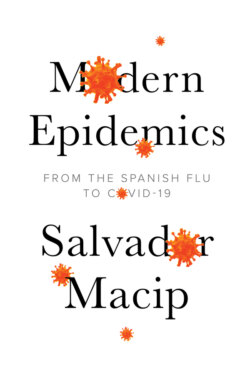Читать книгу Modern Epidemics - Salvador Macip - Страница 24
Fungi: microscopic mushrooms
ОглавлениеThe third large group of microorganisms that cause major health problems are fungi. There are about 1.5 million different species, of which, once again, only a small part – 5 per cent – is known. Some 300 that are toxic for humans have been identified. In general, they are bigger and more complex organisms than bacteria or viruses. Most of them consist of sets of cells, but there are also some with just one cell. Many species of fungi are microscopic, but some are easily identifiable to the naked eye, for example mushrooms or those responsible for mould on food. Fungi also participate in processes of decomposition and fermentation and have been very important in the discovery of antibiotics, as I will explain below.
The fungi that cause diseases in humans are, in particular, of the genera Aspergillus, Candida and Cryptococcus. Fungus infections are unusual and are especially seen in immunocompromised people, for example those suffering from AIDS. In such cases, they can even cause death. Candida are the fourth most common cause of blood infections in hospitals, with a 40 per cent mortality rate. Infections spread by Aspergillus, which are less common, kill in 80 per cent of cases. Cryptococcus neoformans, which left untreated can cause death, accounts for about a million fatalities worldwide every year, some 60 per cent in sub-Saharan Africa. It usually enters through the lungs and spreads rapidly around the whole body.
Fungi are especially resistant to treatment. There are only a few kinds of effective drugs (called antifungals) and some fungi have already developed resistance to them. A further problem when treating fungal infections is that it usually takes too long to diagnose them. It is necessary to wait until the fungi extracted from a patient grow in a special medium before they can be identified, a process that can take up to forty-eight hours, during which time the infection can worsen. New techniques are presently being studied with the aim of reducing this waiting time to a few hours.
1 1. This and the following quotes are from an interview by the author with Luis Martínez-Sobrido [translation: JW].
